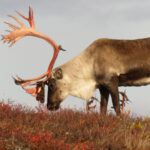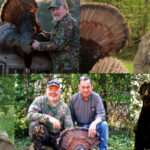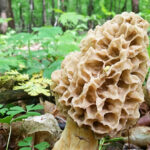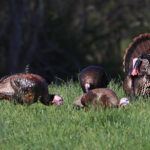While filling up at gas stations or waiting on your food at rural restaurants, you’ll occasionally overhear deer hunting stories that make you shake your head in amazement.
Sure, sometimes you’ll nod quietly in appreciation as fellow hunters discuss frustrating things like trespassers or chronic wasting disease. More often, though, you’ll hear old saws, timeless fables and needless excuses, like someone justifying their decision to shoot a doe, even in areas where the herd needs trimming.
Such conversations might go like this: “She was a big doe. A big ol’ dry doe. No fawns with her, so why not? I shot her. I bet she’s 10 years old.”
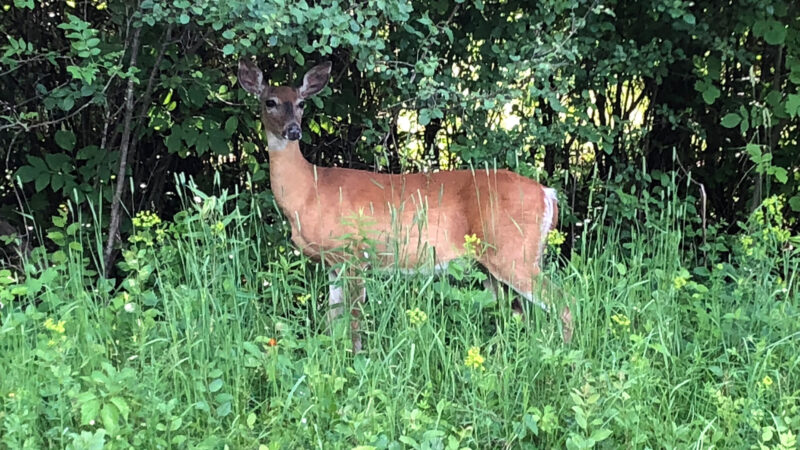
Of all the deer woods’ tales and myths you’ll hear, the dry doe is perhaps the most stubborn. Maybe it’s because some hunters will always believe it’s wrong to shoot a doe, especially one with fawns. The same guys, of course, seem to also bash nonhunters for believing the sad scene in “Bambi” where the fawn’s mother gets shot. “Run, Bambi, run! … Mother? Mother? Where are you, Mother?”
How then, can so many deer hunters shoot that rarest of all whitetails: the barren, i.e., dry, doe? Why do they insist their arrow took out the herd’s old crone, the granny doe whose womb has withered into retirement? Are they trying to reassure their buck-only buddies that they haven’t gone soft and bought into deer biologists’ wishes to shoot more antlerless deer?
With rare exceptions, dry does are less common in deer herds than mature bucks. Researchers who have monitored wild whitetails the past 50 years regularly report it’s rare for mature does to not get pregnant.
Yes, a doe often loses one and even two fawns between their births and the hunting season. In most cases, however, that doe is still leading her fawns around in October, and will soon be carrying two more she’ll birth in May or early June. Even though she might be alone when shot, her fawn(s) was likely nearby.
Even so, you’d probably do well to not share that opinion with someone claiming they shot a dry doe. More often than not they’ll insist it was “dry” and that they could tell just by looking at it.
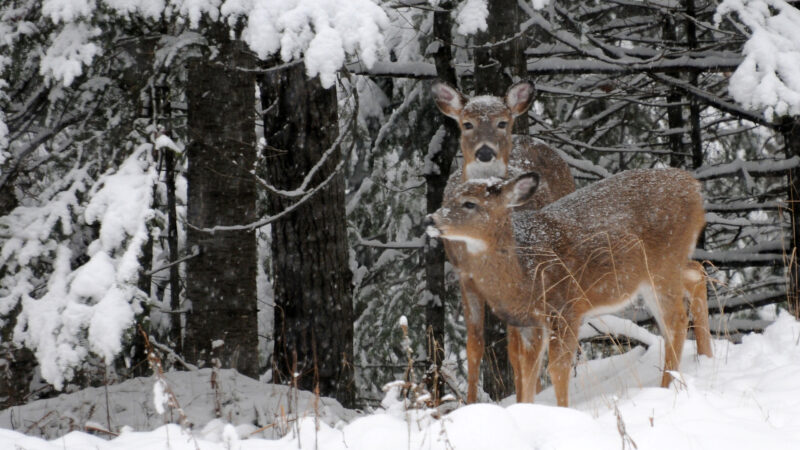
The fact is, you shouldn’t assume that’s the case unless you know how to check the ol’ girl’s reproductive plumbing to verify if she’s pregnant or incapable of conceiving.
In fact, when I’ve helped biologists check the status of road-killed or hunter-harvested does in winter in Wisconsin, every one of the does was carrying twin embryos.
Another interesting phenomenon is that many of us never shoot a small or average-size doe. No, we typically arrowed a “big doe.” We seldom shoot fawns, either. When we do, we tell folks we shot a “nubbin buck,” a “button buck” or simply a “doe.”
We aren’t loud and proud about shooting a yearling buck, either. Instead, we shot a “fat forkhorn,” a “chunky spikehorn” or a “corn-fed forkhorn.”
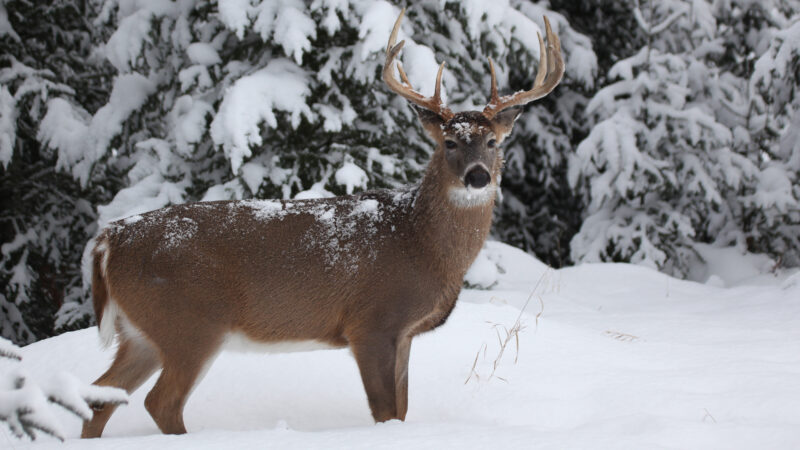
It’s also interesting that such claims must be learned behaviors; something we didn’t do until becoming experienced hunters. After all, most young hunters don’t describe deer that way. Neither do most women. When a female hunter releases her arrow, she seldom justifies her shooting decision to anyone.
If you hang around long enough, you’ll also hear a variety of embarrassing lies and excuses for shooting a fawn or other small deer. It’s odd how many pint-size deer were “injured” or somehow hobbled, and the kind hunter felt obligated to put them out of their misery.
Worse, however, are stories about someone humiliating a youngster for shooting a fawn or doe. It’s rare, but it happens.
Either way, attitudes like these make deer-management more difficult than it needs to be. It’s also a reminder that Aldo Leopold, the father of wildlife management, said over 80 years ago that deer management is more about people than it is about deer.
Old attitudes die hard.

 By
By 